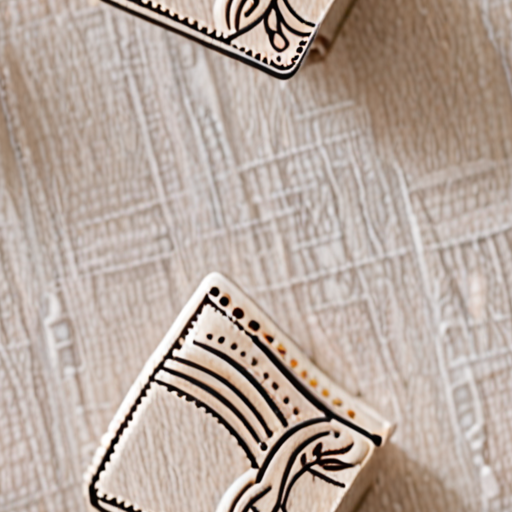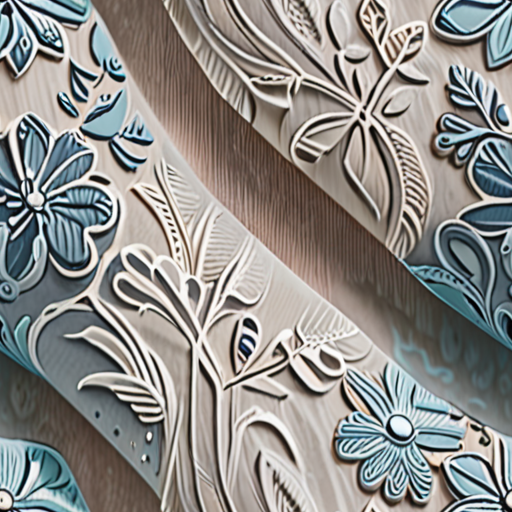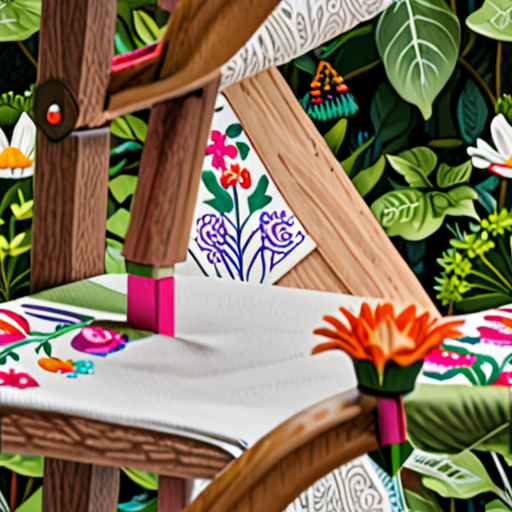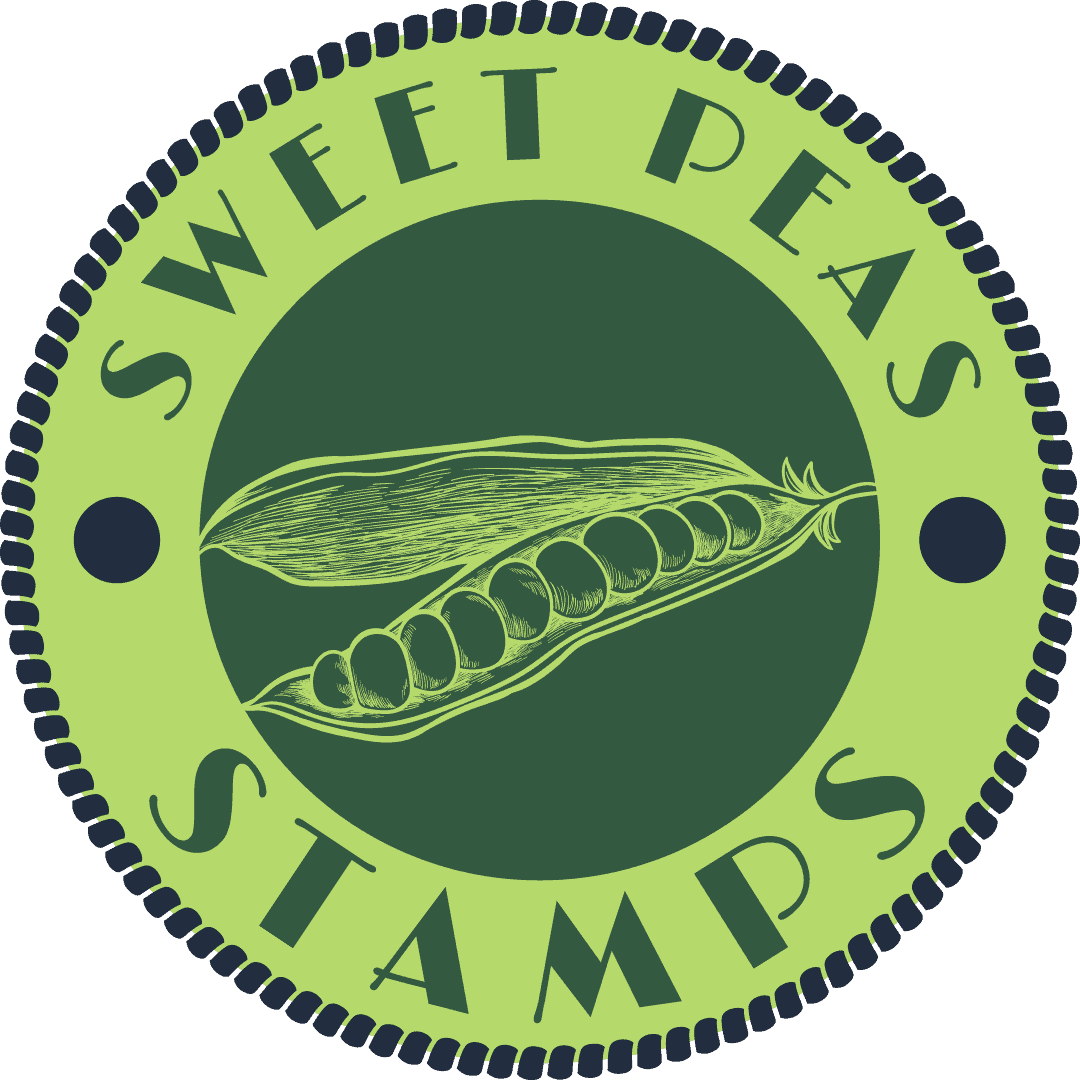Unlock the full potential of your sewing projects with expert guidance on stamping techniques for fabric, a versatile and creative way to add unique textures and patterns to your garments and home decor items. Whether you’re a seasoned crafter or just starting out, mastering the art of stamping requires understanding the right tools, techniques, and materials to achieve professional-looking results. In this comprehensive guide, we’ll delve into the world of advanced SEO-focused article writing techniques and explore the most effective methods for applying different stamping techniques to various types of fabrics, from cotton and linen to silk and denim.

Unlocking Endless Possibilities with Masterful Stamping Techniques
As a crafter, DIY enthusiast, or stamp collector, I’m always excited to explore new ways to create unique textures and designs on various fabrics. At Sweet Pea Stamps, we’re passionate about sharing expert methods for mastering different stamping techniques, from intricate patterns to bold impressions.
- Intricate Patterns: To achieve intricate patterns, try using smaller stamps with fine details. Experiment with layering different colors and textures to add depth and visual interest.
- Bold Impressions: For bold impressions, opt for larger stamps with bold designs. Use a combination of ink pads and embossing powders to create striking effects.
- Texured Fabrics: To add texture to your fabrics, try using stamps with raised surfaces or experimenting with different materials like foam or rubber.
- Mixed Media: Don’t be afraid to mix media! Combine stamping with other techniques like stenciling, painting, or appliqué to create truly unique pieces.
Expert Tips and Tricks
- Select the Right Stamp: Choose stamps that suit your design goals and fabric type. Consider factors like size, shape, and material.
- Try different ink pad colors and combinations to achieve unique hues and effects.
- Add dimension and shine to your designs with embossing powders. Experiment with different colors and techniques.
- Build up layers of color and texture to create complex, visually interesting designs.
Get Inspired and Join Our Community!
At Sweet Pea Stamps, we believe in the power of creativity and community. Join us on our website ( https://sweetpeastamps.com/ ) to discover new ideas, share your projects, and connect with fellow crafters and DIY enthusiasts. Let’s get creative together!
For more inspiration and expert tips, check out our blog ( https://sweetpeastamps.com/blog ) and social media channels ( https://www.instagram.com/sweetpeastamps/ ). Happy crafting!
Unlocking Professional-Looking Designs with Various Fabric Types and Stamping Techniques
As a crafter, achieving professional-looking designs can seem daunting, especially when working with different fabric types and stamping techniques.
- Mastering Stamping Techniques
At Sweet Pea Stamps, we believe that mastering various stamping techniques is essential to elevating your fabric designs to professional standards.
- Experiment with different stamping tools and materials to find what works best for you.
- Practice, practice, practice! The more you stamp, the better you’ll become at achieving consistent results.
- Don’t be afraid to try new techniques and experiment with different combinations of stamps and fabrics.
By mastering stamping techniques, you’ll be able to achieve professional-looking designs that showcase your creativity and skill.
The type of fabric you choose can greatly impact the final result of your design.
- Cotton is a popular choice for stamping due to its softness and durability.
- Linen is another great option, offering a unique texture and subtle sheen.
- Burlap is perfect for adding a rustic touch to your designs.
When choosing a fabric type, consider the look and feel you want to achieve, as well as the durability and maintenance requirements of the fabric.
The possibilities are endless when combining stamping techniques with different fabric types!
- Try pairing bold, graphic stamps with textured fabrics like burlap or linen.
- Combine delicate, intricate stamps with smooth cotton or silk fabrics.
- Experiment with layering different fabrics and stamping techniques to create unique, dimensional designs.
By combining stamping techniques with different fabric types, you’ll be able to create truly one-of-a-kind designs that showcase your creativity and skill.
Getting Started with Stamping Techniques
Ready to get started with stamping techniques? Here are some tips to keep in mind:
- Start with simple, basic stamps and gradually move on to more complex designs.
- Invest in high-quality stamping tools and materials to ensure the best results.
- Watch online tutorials and take classes to learn new techniques and stay inspired.
With practice and patience, you’ll be well on your way to achieving professional-looking designs with various fabric types and stamping techniques.
Additional Resources
For more information on stamping techniques and fabric types, check out our blog posts on Sweet Pea Stamps Blog .
You can also visit our community forum to connect with other crafters and share your own experiences and tips.
Happy crafting!

Choosing the Right Stamping Technique for Unique Fabrics
To achieve the desired texture and pattern on different types of fabrics, consider the following key factors:
- Fabric Type: Different fabrics respond differently to stamping techniques. Cotton, linen, and silk require gentle pressure and soft-bristled brushes, while thicker fabrics like canvas and denim can handle more aggressive techniques.
- Pattern Complexity: Simple patterns like stripes and polka dots can be achieved with basic stamping tools, while intricate designs may require specialized stencils or custom-made stamps.
- Texture Desired: From subtle embossing to bold impressions, choose a stamping technique that suits the level of texture you want to achieve.
- Stamp Material: Select stamps made from durable materials like rubber, silicone, or metal, which can withstand repeated use and cleaning.
- Pressure and Speed: Adjust the pressure and speed of your stamping tool according to the fabric type and desired outcome.
Popular Stamping Techniques for Fabrics
Some popular stamping techniques for fabrics include:
- Hand-stamping: A traditional method involving hand-held stamps or carved wooden blocks.
- Mechanical Stamping: Using machines or automated tools to apply consistent pressure and patterns.
- Screen Printing: A versatile method suitable for large-scale production and intricate designs.
- Embossing: Creating raised patterns using heat, pressure, or specialized tools.
Tips for Achieving Unique Textures and Patterns
To take your fabric stamping to the next level, try experimenting with:
- Layering Stamps: Combine multiple stamps or techniques to create complex, multi-dimensional designs.
- Color Blocking: Use contrasting colors to highlight patterns and add visual interest.
- Texture Mixing: Blend different textures, like smooth and rough, to create visually striking effects.
- Experimentation: Don’t be afraid to try new techniques, materials, and combinations to discover unique results.
Best Practices for Stamping Fabrics
To ensure successful fabric stamping, remember:
- Cleanliness: Keep your workspace and tools clean to prevent contamination and damage.
- Fabric Preparation: Pre-wash and dry fabrics before stamping to ensure optimal results.
- Tool Maintenance: Regularly clean and store your stamping tools to extend their lifespan.
- Patient Practice: Develop your skills through patience and experimentation to achieve professional-looking results.

Mastering Various Stamping Techniques on Different Fabrics
As a crafter, I’m always excited to explore new ways to create unique textures and designs on fabric. Whether you’re a beginner or an experienced crafter, mastering various stamping techniques can elevate your projects to the next level.
- Understanding Fabric Types: Before diving into stamping techniques, it’s essential to understand the types of fabrics you’ll be working with. Cotton, linen, silk, and synthetic fibers have different properties that affect how ink and paint adhere to them.
- Selecting the Right Tools: Invest in high-quality stamps, ink pads, and paints specifically designed for fabric. Experiment with different materials, such as foam sheets, sponges, and texture plates, to achieve unique effects.
- Basic Stamping Techniques: Start with simple techniques like direct stamping, layering, and resist stamping. Practice these methods on scrap fabric before applying them to your actual project.
- Advanced Techniques: Once you’ve mastered basic techniques, experiment with more complex methods like embossing, debossing, and multi-color stamping. These techniques require patience and practice but yield stunning results.
- Tips and Tricks: To achieve professional-looking results, remember to clean and condition your stamps regularly, use the right amount of ink, and experiment with different pressure and motion techniques.
Fabric-Specific Tips
When working with different fabrics, keep the following tips in mind:
- Cotton and linen respond well to water-based inks and paints, while silk requires specialized products.
- Synthetic fibers may require heat-setting or special adhesives to secure ink and paint.
- Experiment with different stamp sizes and shapes to achieve unique patterns and textures on various fabrics.
Best Practices for Mastering Stamping Techniques
To become proficient in stamping techniques, follow these best practices:
- Practice regularly to develop muscle memory and fine-tune your technique.
- Experiment with different materials and tools to discover new effects and techniques.
- Watch online tutorials and join crafting communities to learn from others and stay inspired.
- Join online communities and forums to share knowledge and get feedback from fellow crafters.
Getting Started with Sweet Pea Stamps
At Sweet Pea Stamps, we offer a wide range of high-quality stamps, ink pads, and paints specifically designed for fabric. Our website features tutorials, tips, and inspiration to help you master various stamping techniques. Visit us today and start exploring the world of fabric stamping!
Mastering Unique Textures and Patterns: A Guide to Stamping Techniques for Fabrics
As a crafter and DIY enthusiast, I’m always looking for ways to add a personal touch to my sewing projects. One technique that has caught my eye is fabric stamping, which allows me to create unique textures and patterns on various types of fabrics.
- Resist Dyeing: This technique involves applying a resist agent to the fabric before dyeing it, resulting in intricate patterns and designs. I’ve had great success with Procion MX dyes , which offer a wide range of colors and resist agents.
- Embossing: Embossing involves using a tool or die to raise the design onto the fabric, creating a textured effect. I love using Tim Hortons -style cookie cutters to create fun shapes and designs.
- Silk Screening: Silk screening involves pushing ink through a screen to create a design on the fabric. I’ve found that Screen Print Supply offers high-quality screens and inks for this technique.
- Stenciling: Stenciling involves applying paint or ink through a stencil to create a design on the fabric. I enjoy using Stencil Revolution ‘s stencils, which come in a variety of shapes and sizes.
To get started with fabric stamping, I recommend investing in a few basic tools, such as a brayer, a cutting mat, and a set of stamps. You can find a wide range of stamps and supplies at Sweet Pea Stamps .
Choosing the Right Fabric
The type of fabric you choose will greatly impact the final result of your stamped design. Natural fibers like cotton and linen work well for most stamping techniques, while synthetic fibers like polyester may require special treatment.
Tips and Tricks
When working with fabric stamping, it’s essential to experiment and have fun! Don’t be afraid to try new techniques and combinations of materials. Here are a few tips to keep in mind:
- Always test your stamping technique on a small swatch of fabric before applying it to your actual project.
- Use a fixative to prevent your design from fading or smudging.
- Experiment with different colors and combinations of colors to achieve unique effects.
Conclusion
Fabric stamping is a versatile and exciting technique that allows you to add a personal touch to your sewing projects. With a little practice and experimentation, you can create stunning textures and patterns on a variety of fabrics. Happy crafting!

Mastering Stamping Techniques for Fabric
As a crafter, I’m always excited to explore new ways to add unique designs and patterns to my fabric creations. Whether you’re working with cotton, silk, denim, or other materials, mastering stamping techniques can take your projects to the next level.
- Cotton: A versatile fabric that can be easily stamped with a variety of designs, from simple textures to intricate patterns.
- Silk: A luxurious material that requires a bit more finesse when it comes to stamping, but yields stunning results with the right techniques.
- Denim: A durable fabric that can withstand bold, graphic stamping designs, perfect for creating statement pieces.
Step-by-Step Guides and Tutorials
To get started with stamping techniques, I recommend checking out these expert guides and tutorials:
- Sweet Pea Stamps offers a wealth of knowledge on stamping techniques, including video tutorials, written guides, and inspiration from our community of crafters.
-
For those looking for a more in-depth approach, consider checking out Craftsy ‘s extensive library of online classes and workshops.
-
The Simply Handmade website features a range of free tutorials and tips on stamping and other paper crafting techniques.
Competitor Insights
While there are many great resources available for learning stamping techniques, I want to highlight a few notable competitors in the market:
-
Tim Holtz is a well-known name in the world of paper crafting, offering a range of products and tutorials focused on stamping and other techniques.
-
Sizzix provides a variety of tools and resources for crafters, including dies, embossing folders, and tutorials on stamping and other techniques.
Conclusion
Mastery of stamping techniques takes time and practice, but with the right resources and guidance, anyone can unlock their full creative potential. At Sweet Pea Stamps, we’re committed to helping crafters like you develop the skills and confidence needed to create truly unique and beautiful fabric creations. Whether you’re just starting out or looking to refine your skills, we invite you to join our community and start exploring the world of stamping today!

0 Comments